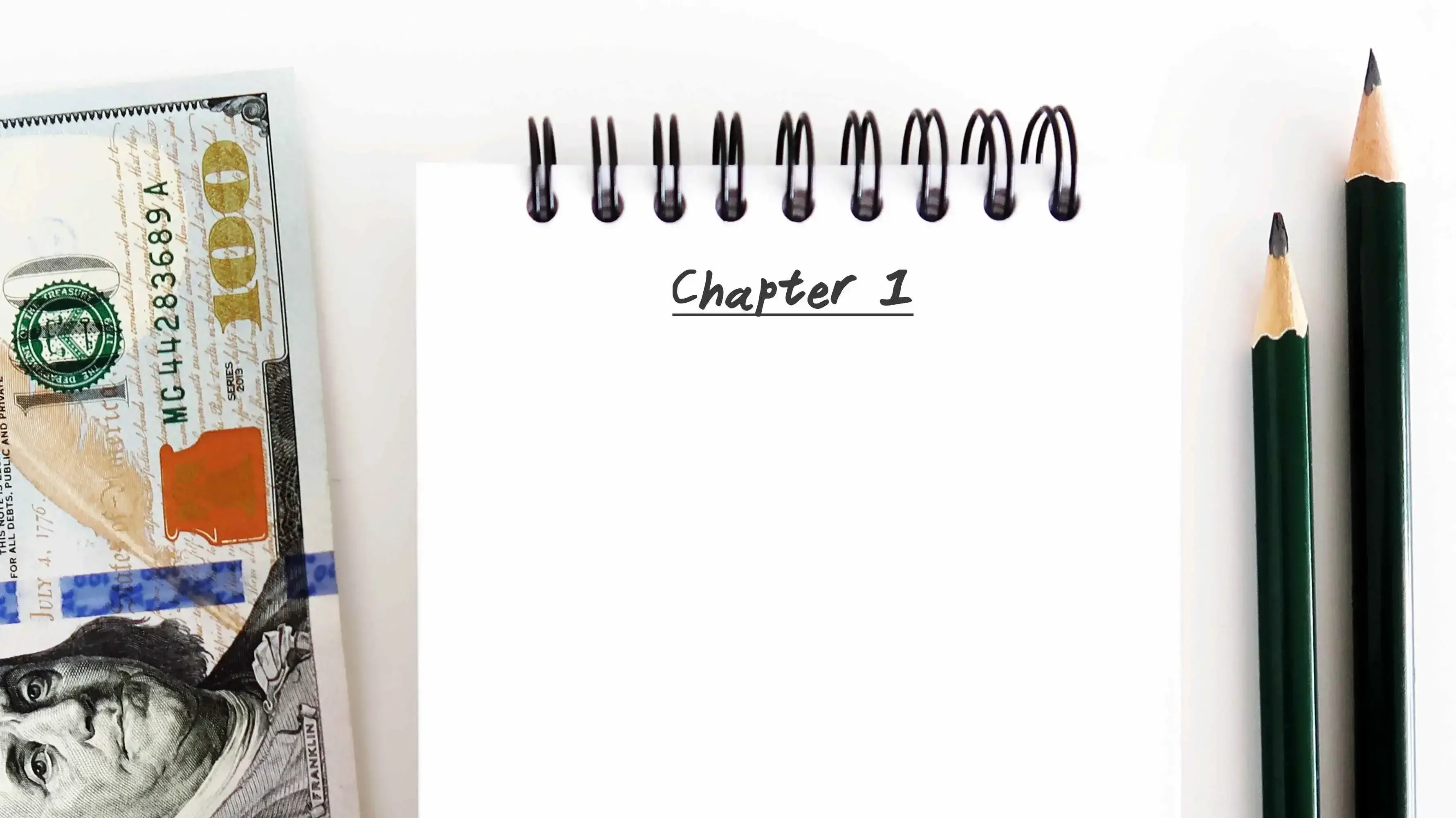Writing and publishing eBooks is a great way to make money online. It’s not a way to get rich quickly, but writing eBooks is a great way to make passive income, and it isn’t difficult. You just need to follow a few steps to be successful. In this post, we’ll look at how to write an eBook and make money so you can make passive income from your website and other platforms.
Why Write an eBook?
Writing and selling eBooks is a great way to make passive income. It’s a digital product, so the only work involved after the writing process is promoting the eBook. For both fiction and non-fiction, writing an eBook is a great way to build an audience or credibility.
How Much Can You Make?
The amount you make is based entirely on you- your writing quality, the topic of choice, marketing efforts, platform, etc. Since this article is about making money with eBooks, we’ll focus on non-fiction. Fiction is more difficult to break into and I don’t recommend trying it if your goal is making money.
Platforms such as Amazon’s Kindle Direct Publishing take a portion of the sale. Amazon has two different types of royalties to choose from, based on the pricing you set. The royalty plans are 35% and 70%. For a price range of $0.99-200.00, you’d get 35% of the sale. For a price range of $2.99-9.99, you will get 70% of the sale. This is the price range that Amazon prefers, so they pay the royalties for that price range to encourage publishers to choose this range.
While there are lots of platforms to choose from, Amazon is the largest platform for eBooks. The Amazon platform allows you to sell eBooks in marketplaces across the globe. There is also a lot of competition, and the marketing is still up to you. Still, Amazon is the best option if you want to sell your eBook somewhere other than your website. Amazon does have a few marketing resources and promotions to help you.
You could sell from your website and not share the profits with a platform, but there is more work involved in publishing and marketing.
Tips to Write an eBook and Make Money
Now, on to our topic of how to write an eBook and make money.
Choose Your Topic
First, you’ll need to carefully choose your topic and audience. This is similar to choosing a blog niche. While you can write about anything you want, you’ll need to spend some time developing an idea if the goal is to make money from the eBook. Choose a topic where you have some knowledge and experience. This will build on your credibility and will be easier to write since you already know the topic.
Also, choose an audience you want to target. Are you targeting beginners or professionals? This can impact your writing. Do they need your eBook out of a passing interest, or do they need your eBook to advance in their careers? Each audience requires different types of writing. They need different types of content, and they’re willing to pay for the content they need. Those needs will help determine the price of your eBook.
Make sure there is a need for the topic, there is an audience for the topic, and you can get the price you want for your eBook. Search through Amazon to see what topics are in demand, look at the competition, sales figures, and prices, read reviews to see what the audience likes or needs, and write your book based on the results. Ask your audience the types of information they need.
Read books on your topic. Make note of their titles, images, book covers, keywords, etc. Don’t copy them, but learn what works, what doesn’t, what’s missing, and what you can do differently.
What if the Topic is Saturated?
There may be a lot of books available, but not in your writing style, teaching voice, insights, background, experience, etc. If it’s a popular topic and you’re a good writer, there is room for one more. The trick is to figure out what is missing and fill in that gap. Read reviews to see what is missing, what isn’t explained well, etc. Use this information to make your book better than the competition.
Start with an Outline
First, write the main points that you want to make. Use these main points as chapters or headings. Then, under each main point, write all of the details you want to cover about those main points. These become smaller headings and paragraphs. Next, arrange the outline until you get the flow you want. Some of the points can be separated into more points. Others can be added. Don’t be afraid to delete something if it doesn’t fit.
Write Your Book
Finally, expand on each point of your outline. This becomes your sentences and paragraphs and allows you to work in smaller chunks. Add descriptions for any images, illustrations, and charts you’ll use in the locations you want to place them. Make sure the sentences flow smoothly, the points are made clearly, and it doesn’t repeat. The content should transition from one section to the next. Keep your target audience in mind and write to their level.
Follow the structure of an essay or article but on a larger scale. The eBook should have a clear introduction, body, and conclusion. Information should flow in a logical order. The introduction should be inviting and show what the reader will learn. All of the body should follow up on that promise. The conclusion should bring the book to a satisfying close. The reader should have a clear understanding of the topic and know what to do next.
Adding Images to Your eBook
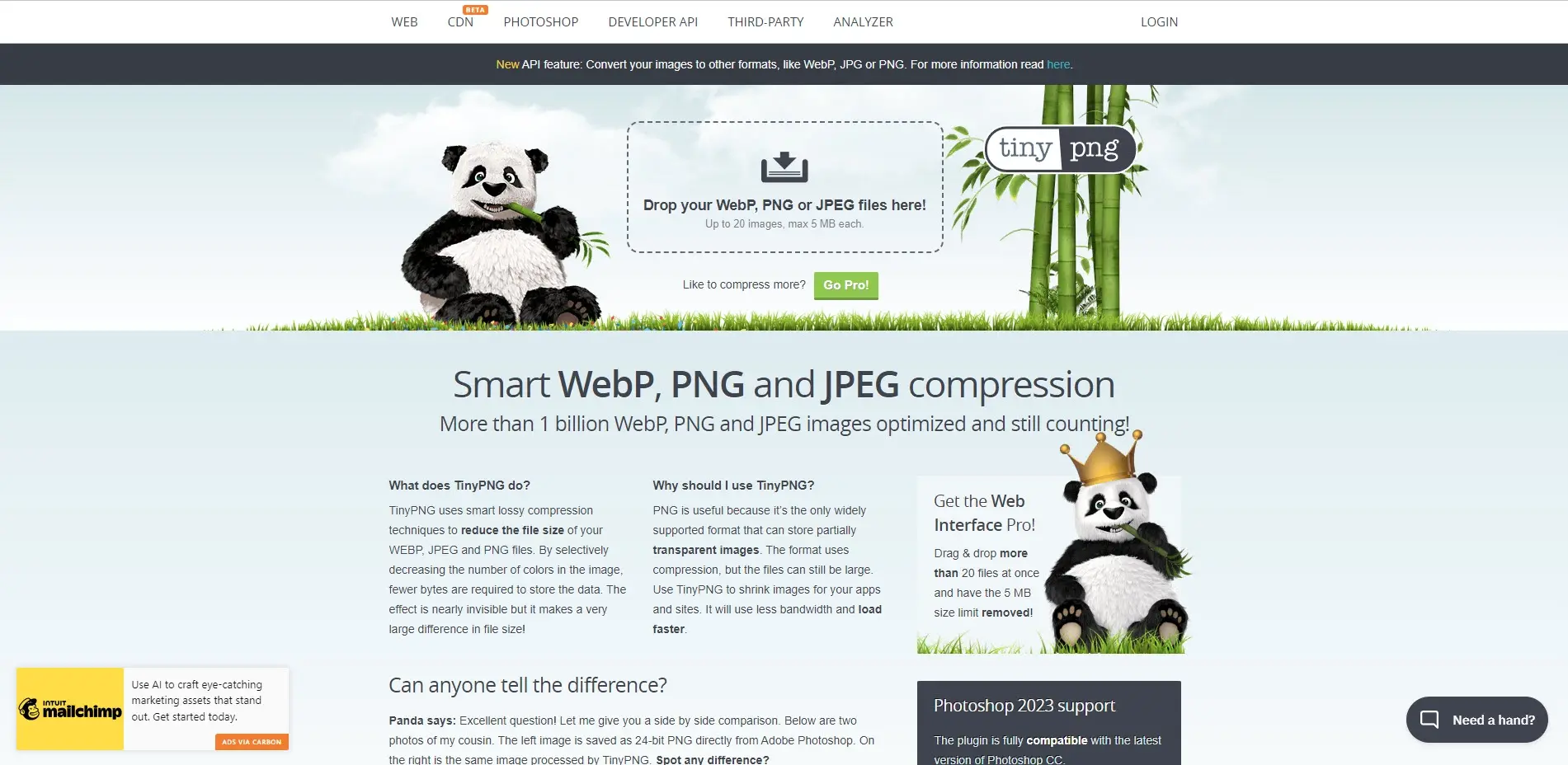
All images, illustrations, charts, etc., should support the text and expand on the information. Optimize your images to help keep the eBook file size small. Use tools such as TinyPNG to optimize the file sizes.
Design the Interior of Your eBook
You can design your eBook any way you want. Place it in portrait, landscape, add wrapping images, and more. Your eBook can just have text in a single column, or it can look like a magazine with multiple columns and images. Consider white space (also known as negative space) when designing the layout. Some platforms allow the reader to choose the typeface, but you should select the typeface carefully for other platforms or formats.
I recommend designing the layout based on the screens of your audience, the devices they use, or based on the design you feel works the best for your eBook. Do you want it to look great on a wide screen or a tall screen? It’s completely up to you, but it does need to appeal to the eyes and be easy to use.
Consider a Template
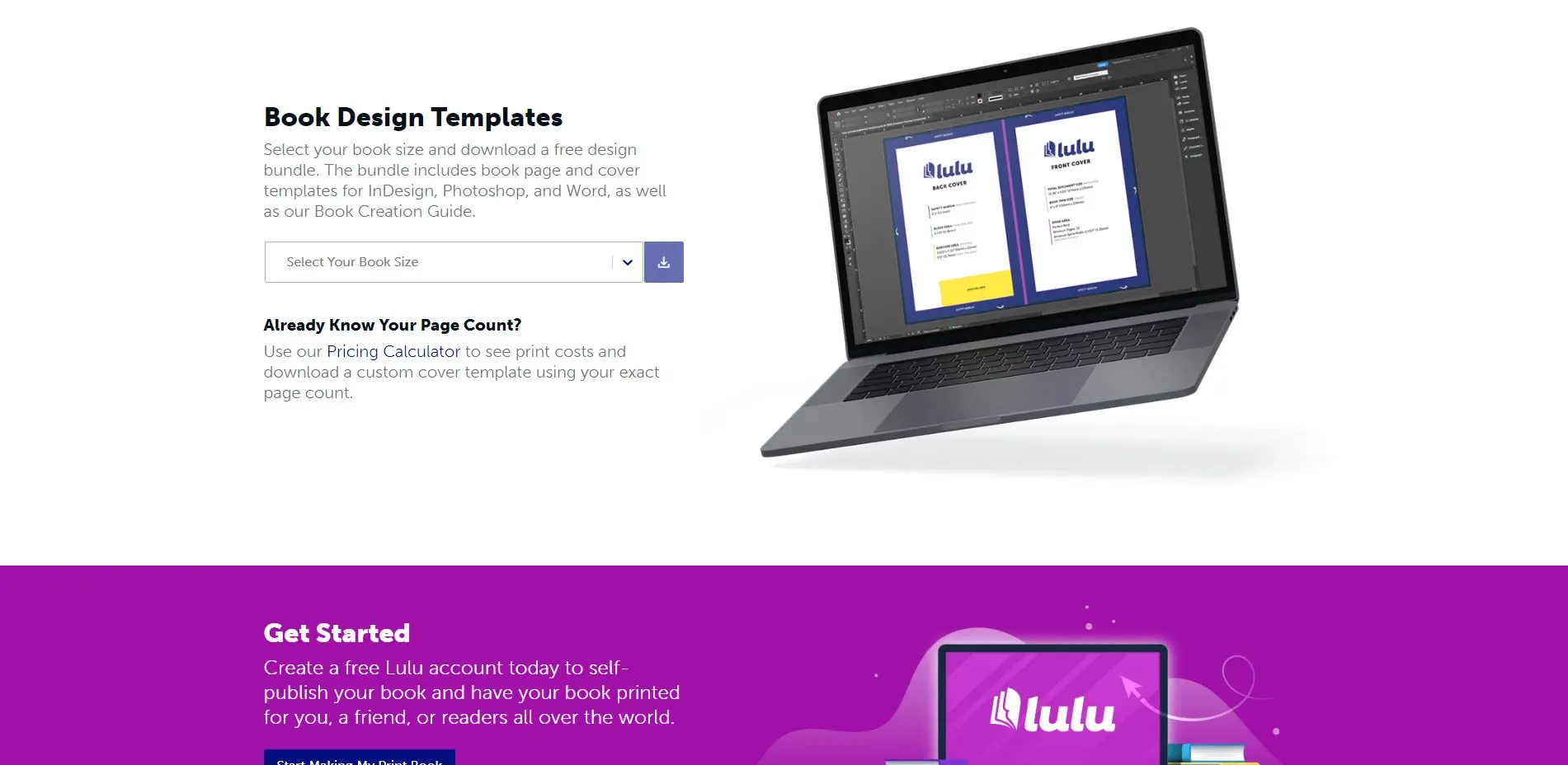
There are lots of pre-made eBook templates available online that make it easier to write and format your eBook. Many platforms, such as Lulu, include templates.
Editing Your eBook
Use grammar tools such as Grammarly and Microsoft Word to solve any grammar, spelling, and punctuation issues your manuscript may have.
Add a TOC
Include a Table of Contents. This is used for navigation in interactive formats and is a great guide for non-interactive formats. It’s best to add it last once you’ve finished the writing and editing process. Most word processors include a tool to create a TOC. Some allow you to select the depth of the TOC. I recommend only including the chapters and maybe the first-level headings.
eBook Formats
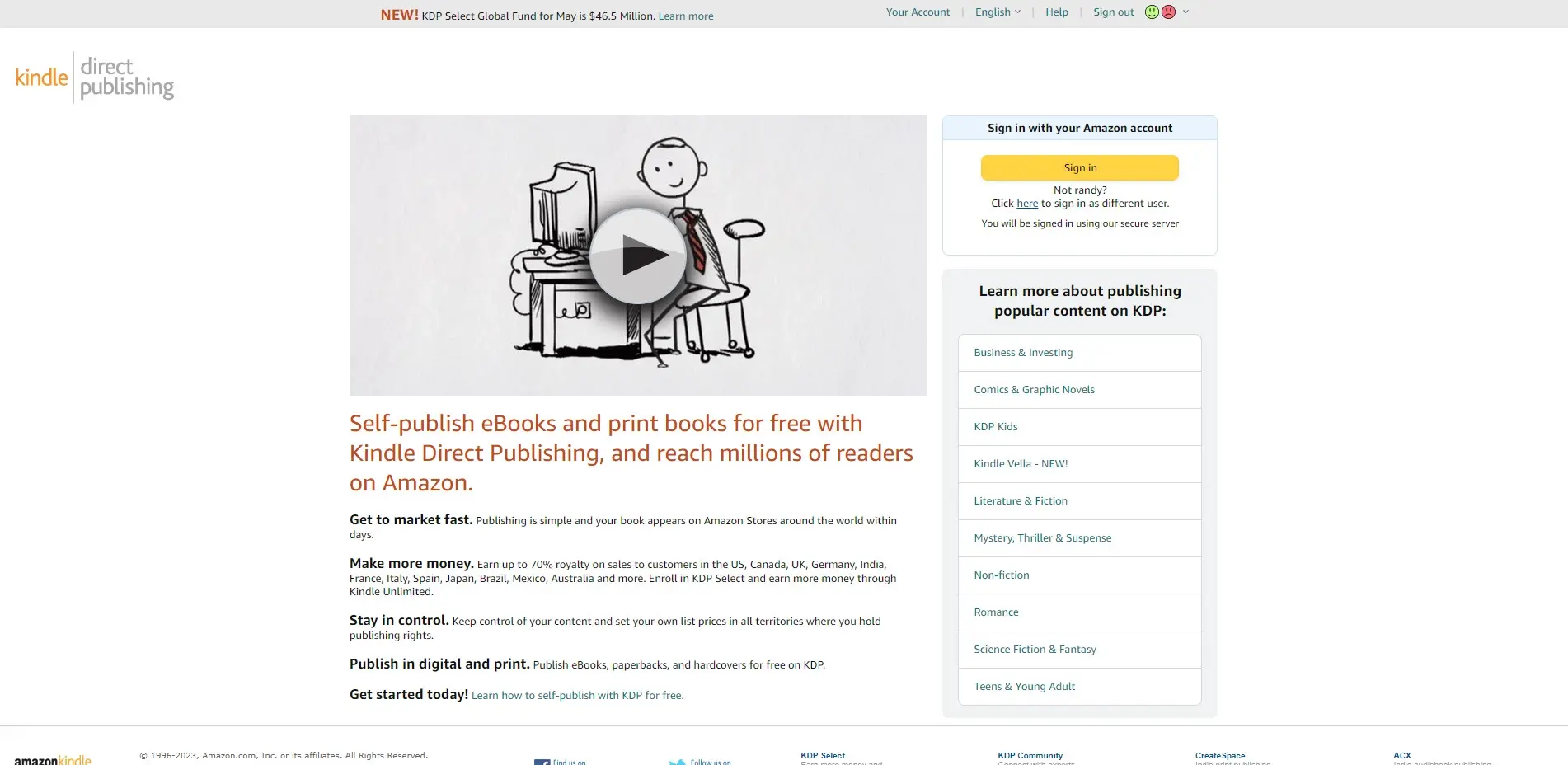
For the widest reach, your eBook should be available in multiple formats. Most writing tools, such as Word, include options to save your eBook in various formats. The eBook is automatically formatted to match a platform, such as KDP. Common formats include:
- Printable PDF
- Interactive PDF
- Kindle
- EPUB
- HTML5
Certain formats, such as Kindle and EPUB, will adjust to the screen while others, such as PDF, will remain in their original layout. EPUB is a universal eBook format. Most digital readers can read an EPUB. PDF is also a universal format. PDFs will look the same as the way you made it, but readers might have to scroll the screen to see it. It’s a great choice for printing and you can easily host it on your website. Interactive PDFs can include navigation, hyperlinks, etc.
Write a Catchy Title
Naming eBooks is difficult. It’s sometimes easier to title a book once you have the manuscript to help inform you of the title. I recommend writing down names as your work on the book but don’t commit to a title until the book is written. Of course, the approach is different between fiction and nonfiction books.
The right name will get attention and entice the reader to take a look at the book. The wrong name will get ignored, misinform the reader, or get mocked. Look at the books that stand out to you and analyze their titles. See what works or what doesn’t work for you.
The Naming Process
First, use power words that will help the reader understand what to expect and know why they should purchase your book. Use words such as best, complete guide, etc. The goal is to cultivate an emotional response. Consider a number if it’s a list.
Next, focus on the type of book you’re writing. This includes a list, strategies, how-to, what they will learn, etc. This will help the reader to understand how you’re going to help them.
Next, describe the type of content contained in the book. Is it strategies, lists, ideas, concepts, strengths, weaknesses, myths, etc.? Focus on this to describe what the book will do for the reader.
Finally, state the subject of the book.
A title following these strategies could look something like these:
- 10 Powerful Ideas for Making Money Online
- Best Foods for Losing Weight
- 9 Amazing Benefits of Learning Guitar
Create an Amazing Cover
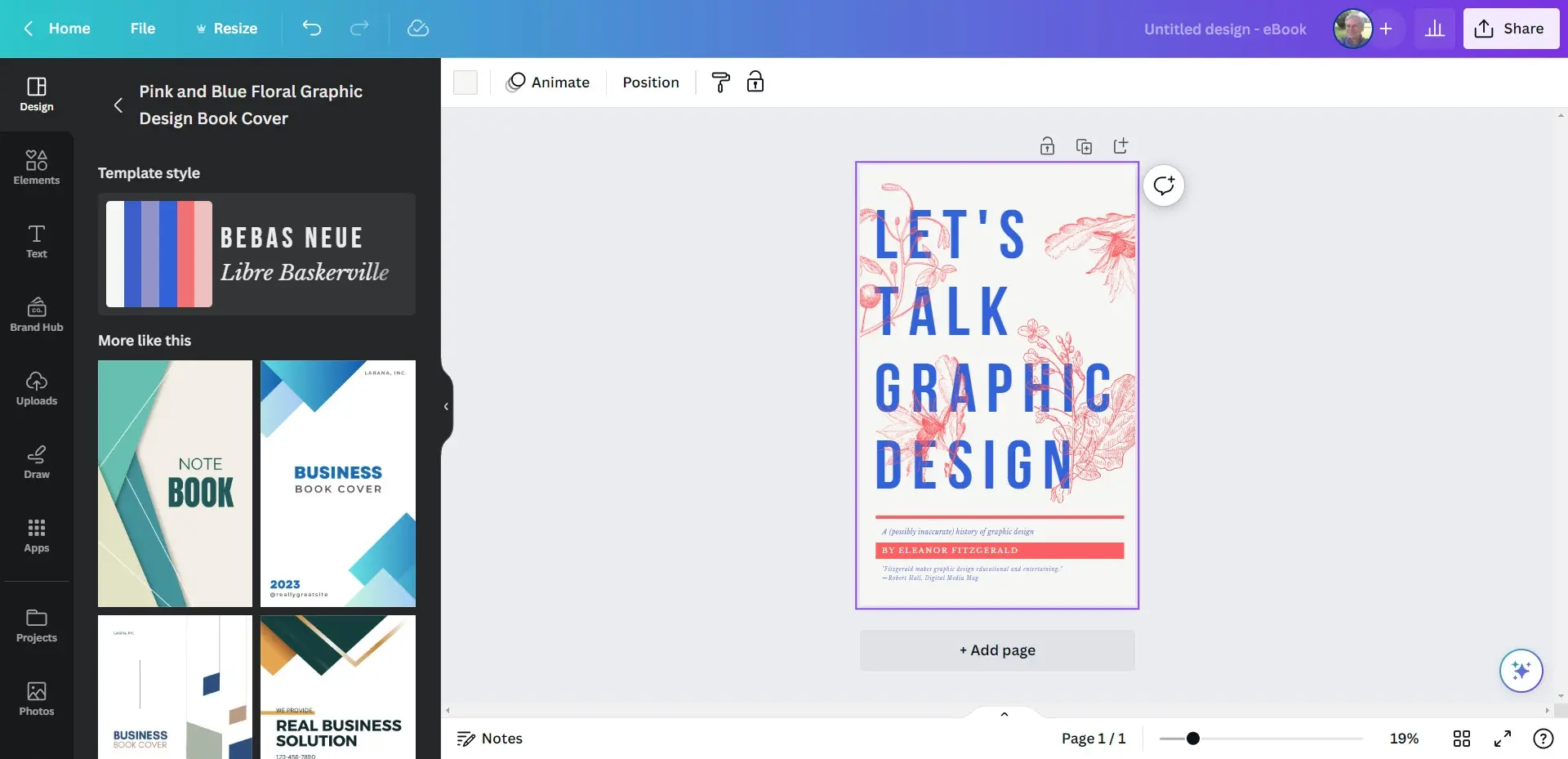
I’m sure you’ve heard the phrase “Don’t judge a book by its cover.” That sounds good, but we do judge a book by its cover. The cover design can make or break your eBook sales. Fortunately, there are lots of amazing tools available to help you create your eBook cover. You can use tools such as Canva, Amazon’s KDP, Adobe Express, Visme, and many others. If you don’t want to create it yourself, many professional designers are willing to create it for you.
The Final Product
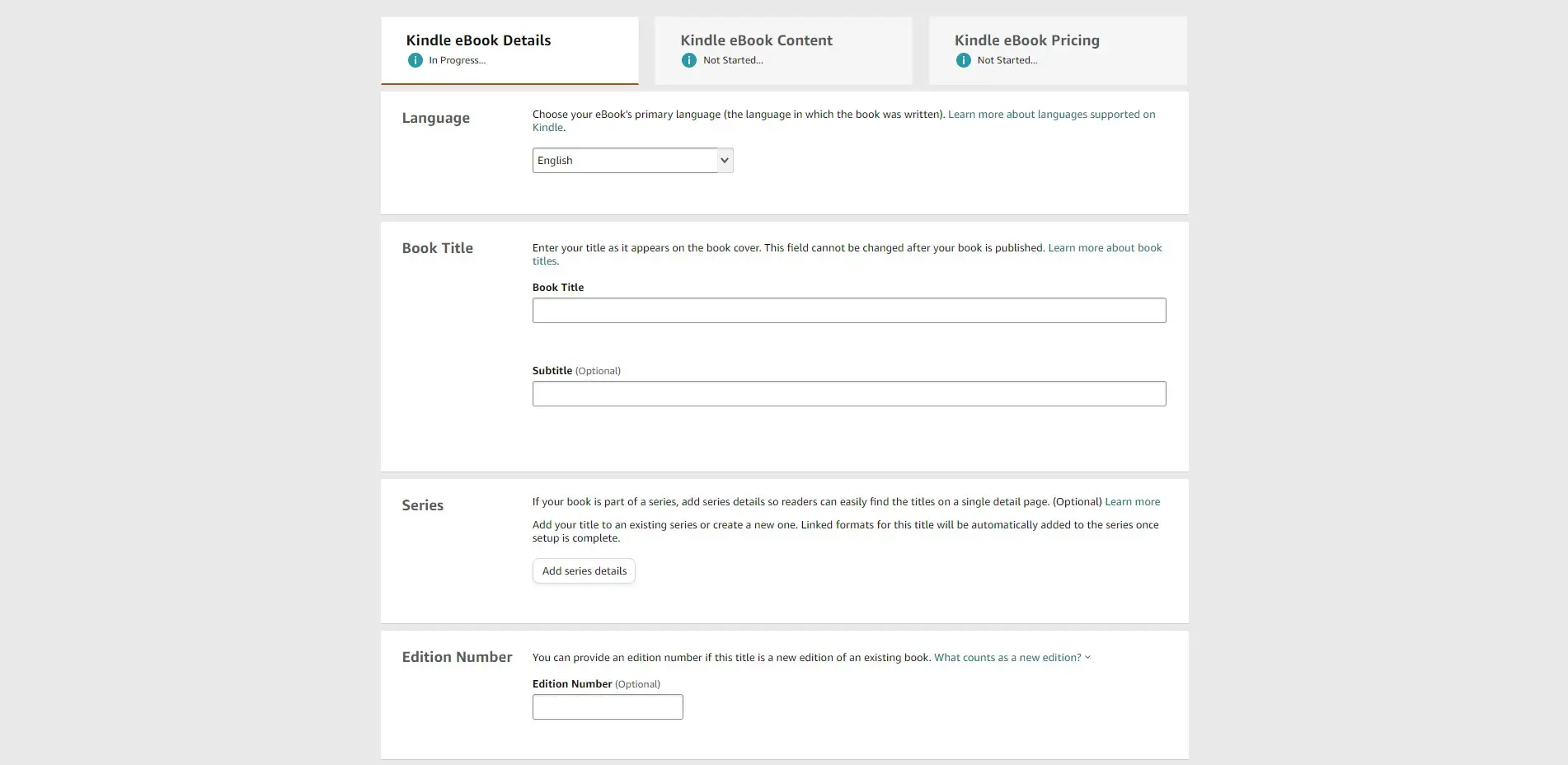
Once you’ve written and edited your eBook, it’s time to finalize the format. You can sell it on your website or from other platforms. There are lots of advantages to selling your eBook on other platforms. If you want to sell it from your website, then save your file as a PDF. Upload it to a service such as Amazon or Lulu if you want to sell it on their platforms. Most platforms will perform the conversion for you.
Do You Need an ISBN?
You don’t need an ISBN if you’re selling the eBook from your website, but you will need one if you’re placing your eBook on Amazon or similar platforms. Many of those platforms provide an ISBN.
Write an Amazing Book Description
Create a well-written description of your book. This is the text that will sell your book. Describe the content, the intended audience, and what they will learn from the book.
Selling Your eBook
Although selling eBooks is considered passive income, sales won’t happen without some help. Your hard work isn’t done. Once you’ve put in the hard work of writing and publishing your eBook, you’ll need to cultivate sales. Here are a few things you can do to sell your eBook:
- Create a landing page on your website to promote your eBook. It should include lots of detail.
- Add a link to your navigation menu as a CTA (call to action) for your eBook.
- Send a link to your email list.
- Create ads for social media.
Keep track of your sales analytics and make changes as needed to improve sales.
Ending Thoughts on How to Write an eBook and Make Money
That’s our look at how to write an eBook and make money. Writing an eBook to make money is a wise decision for anyone with writing skills, or knows someone with writing skills, knowledge of a profitable topic, and the ability to promote their work. Be sure to choose a profitable topic, write well, and promote your eBook. Following the tips we’ve discussed in this post anyone can write an eBook and make money online.
We want to hear from you. Do you have any tips to add on how to write an eBook and make money? Let us know in the comments.
Frequently Asked Questions
Do DIY blogs make money?
Yes, DIY blogging can bring you are steady income. There are several effective and proven methods to monetize your DIY blog and earn some real money.
Can you make money from running a blog?
Yes, there are several ways to monetize your blog, including digital products, affiliate marketing ads, and so on. However, to monetize a blog, you will need a decent amount of blog traffic.
How do you make money as a reseller?
As a web designer, you can offer hosting and site setup in one, and you can gain income from clients that are attracted by these complete packages.
Can you make money selling photography?
Yes, you can make money selling photography. There are many ways you can do this. You can offer your photography services, sell prints, or sell digital images.

Randy A. Brown is a freelance writer from east TN specializing in WordPress and eCommerce. He's a longtime WordPress enthusiast and loves learning new things and sharing information with others. If he's not writing or reading, he's probably playing guitar.
View all posts by Randy A. Brown















